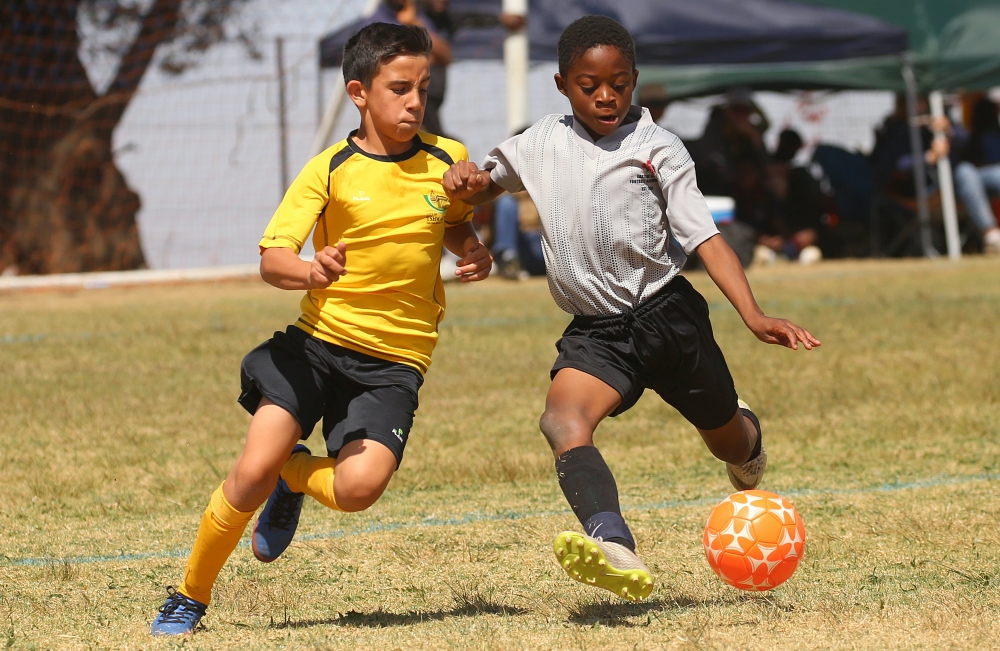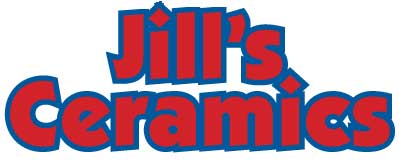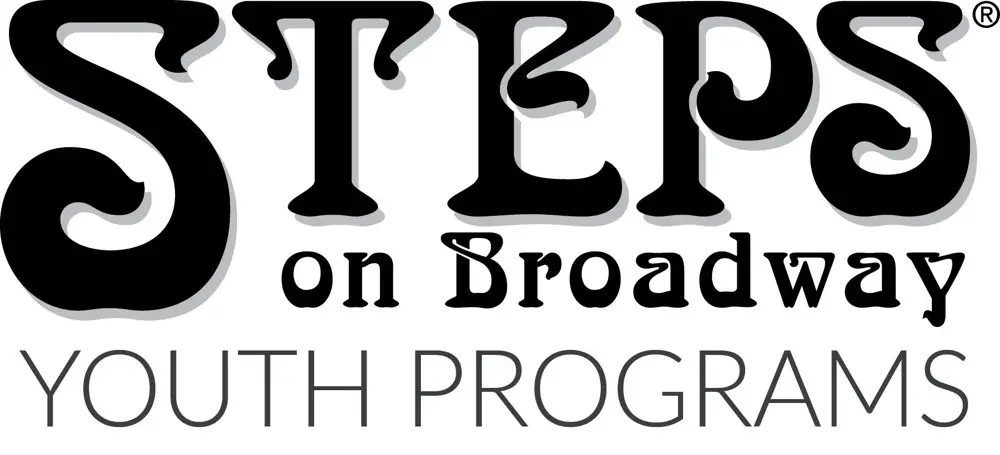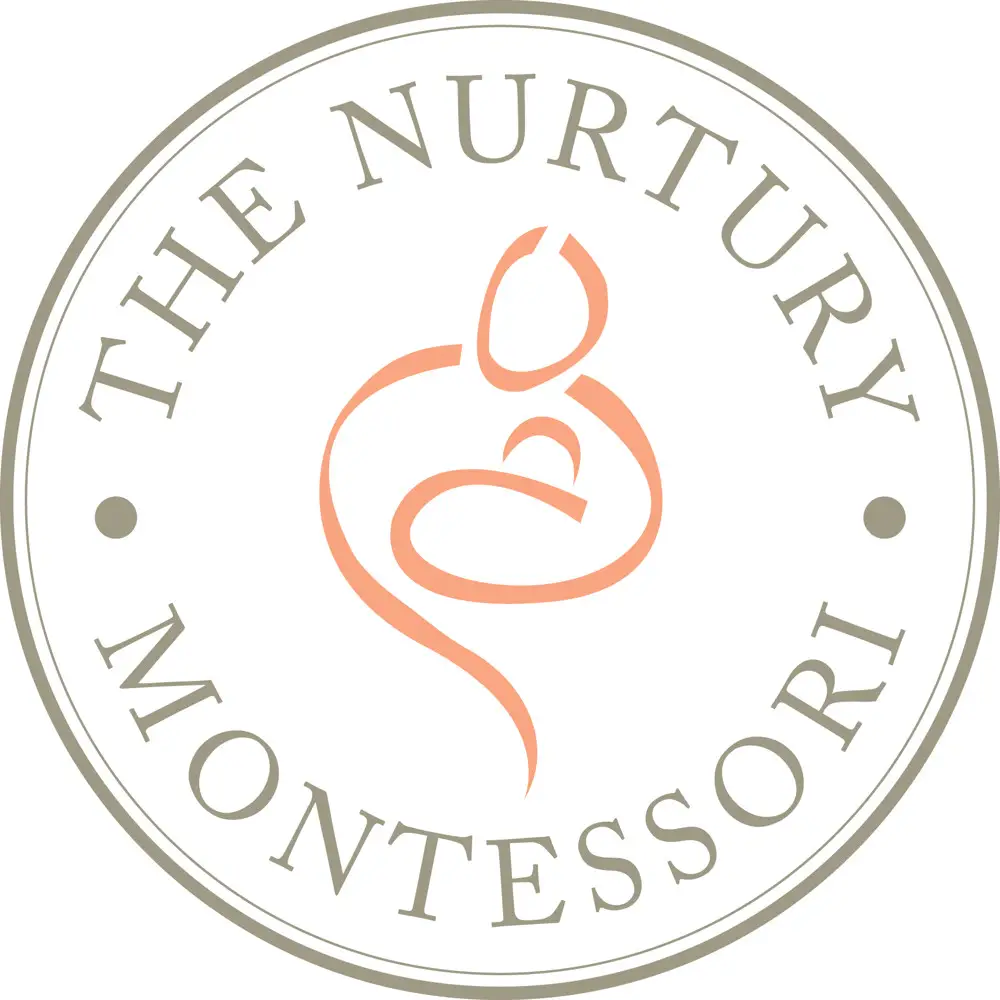6 Common Causes of Chest Pain in Kids and When to Worry
Hanano Watanabe, M.D., M.S., pediatric cardiologist at Children’s Hospital of Brooklyn at Maimonides Medical Center, shares what you need to know about chest pain in kids.
Hanano Watanabe, M.D., M.S., pediatric cardiologist at Children’s Hospital of Brooklyn at Maimonides Medical Center, shares what you need to know about chest pain in kids.




West Nyack, NY Want a unique, inexpensive, one-of-a-kind birthday party?

Upper West Side, For 40 years, the Youth Programs at the internationally celebrated Steps on Broadway have nurtured young dancers, ages 18 months to 18 years. Whether...

The aim of a Montessori program is to foster the development of basic trust and to assist in the normal development of the personality.

New Rochelle, NY A-GAME SPORTS offers highly instructional sports training camps for individual sports including baseball, softball, basketball, lacrosse, flag footbal...